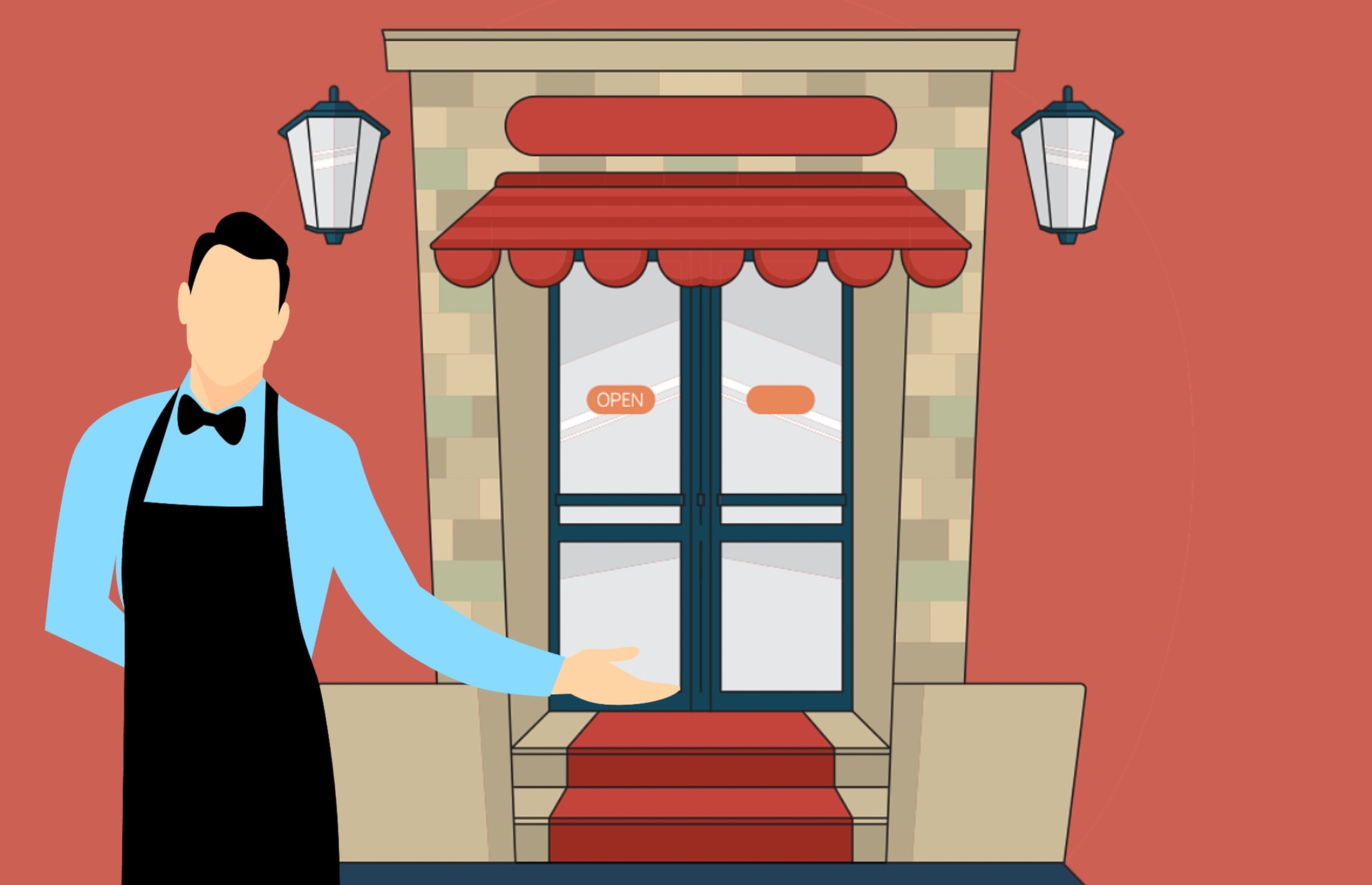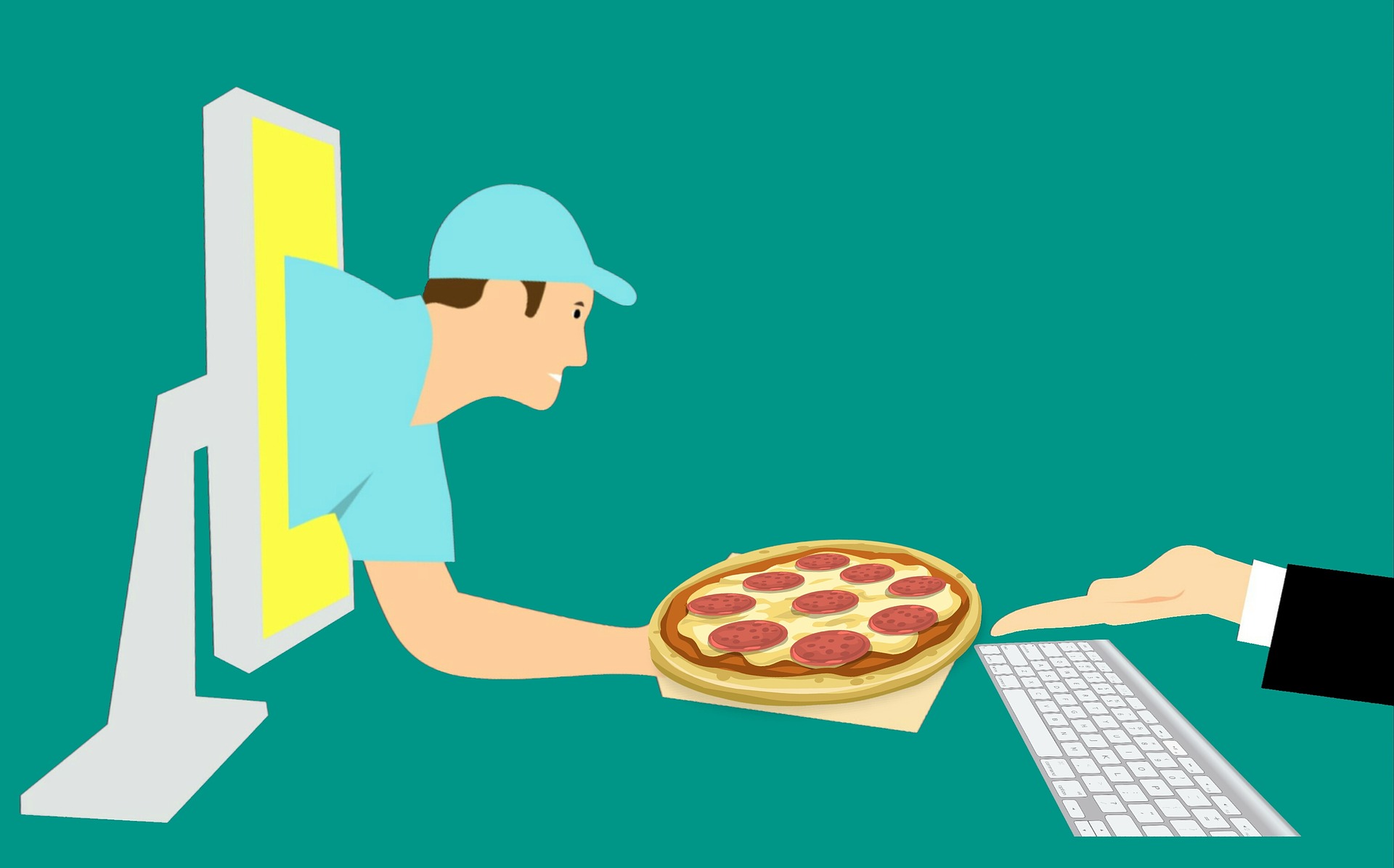The Benefits of Restaurant Loyalty Programs
Since the squeeze brought on by the COVID-19 pandemic restaurant owners and managers have actively been searching for ways to increase their location’s overall profitability.
There are a number of in-house undertaking, like on-location changes and optimizing takeout and delivery services, that can help to increase customer confidence and guest retention. There are also technological advances, like connecting with Google Food Ordering and utilizing digital ordering methods, that can enhance a restaurant’s order volume and, potentially, their profitability.
Another technological tool often overlooked by all but the largest of restaurant chains are restaurant customer loyalty programs. With technology running rife in both today’s restaurants and their consumers’ worlds implementing a restaurant customer loyalty program does not require the giant technological leaps it used to. Many of the newer POS systems can have restaurant rewards program functionalities built right into the system and there are multiple benefits to incorporating a restaurant loyalty program into a restaurant’s offerings.
Enhanced Data Collection

Guest data is an important tool and, in today’s post-pandemic world, a loyalty program provides operators with the opportunity to improve the depth and quality of the data they’re gathering about their customers. It also provides key insights about a business’s most loyal customers, allowing them to build a better understanding of their target market.
The insights offered by the guest data collected through a loyalty program allow for the refinement of marketing materials whilst narrowing the scope of a location’s target market; all potentially increasing the success of any targeted marketing campaigns.


Restaurant Loyalty Programs Offer Personal Touch
Venues get regular and loyal restaurant customers not only because those customers like the services and food offered by a the restaurant business, but also because there is a welcoming friendliness and familiarity they get to enjoy when they enter that restaurant and participate in the the loyalty scheme.
A loyalty program provides having someone know the customer by name, such as in Chipotle, gets them to remember the customer's drink, such as in Starbucks, or remember what the children’s dining preferences are can make a guest feel at ease and also help a restaurant provide that extra step up in service that their guests don’t receive elsewhere aside from the loyalty program, promoting customer loyalty.
The data collected through rewards programs for restaurants can also be used to send personalized promotions or messages to members for their birthday or anniversary. Additionally, the loyalty program informs managers know when someone important is in their location so they can take the time to touch the table and give them that extra level of service such as in Starbucks and Chipotle.

Increase Customers Retention

It costs money to acquire new customers, and can cost at least 5x more to create new customers than it does to draw in existing customers. Loyalty programs provide a direct link to existing customers who already know the look and feel of a location and, by utilizing the data collected though a loyalty program, members can be nudged into visiting again by reaching out through a contact method they provided members.
Many ask "do restaurant loyalty programs work?" The success of loyalty programs is well documented, and evidence shows that loyal guests spend significantly larger amounts, upwards of 60% more, than their non-loyal counterparts. When guests are members of a loyalty program scheme promotes customer loyalty as it provides the venue with the opportunity to make these guests feel like VIPs user and members, turning them into vocal advocates for the venue and, potentially, increasing the frequency with which they visit said location.


Incentives Restaurant Visits
Loyalty schemes work because we are reward based program organisms. If a customer has a reward to work toward by the program with each and every purchase then they are more likely to return with the program to make a fast purchase which moves them closer to that casual reward, usually by card and maybe even save a dollar through the rewards program such as in the instance of a starbucks customer.
It sounds simple but building staggered program rewards for members into a loyalty program incentivizes further purchases, earn the loyalty of the program members, and increases their spending. Customer combine these reward based program incentives with the aforementioned elements of a loyalty program and it will create some very loyal members who will be returning over and over again to a specific location.



Restaurant Loyalty Programs Increase Takeout and Delivery Orders

If guests are part of a loyalty program the probability that they’ll drive-thru order takeout or pizza delivery from a location is also heightened. If guest profiles are built into a loyalty program that is integrated with a digital ordering system case possibly through a mobile app then those guests can see their reward status or cards whilst they’re placing their order.
Combining a loyalty program with a delivery travel drive platform allows guests to save their store order or reorder previous items with a few simple clicks of a mobile app or through a card. This convenience can increase the frequency with which loyalty members order from a location as the convenience combined with the trust they have for that location ticks all the boxes to suit their busy lifestyle.


The Potential Pitfall of Collecting Data
Collecting guest data is a good way that could enhance a business’s understanding of their customers and greatly heighten their chances of increasing their profitability. However great care needs to be taken with the sensitive data of customers such as credit card information. Securely storing and protecting the guests’ data and cookies is key to securing the future loyalty of these customers and, thus, the future success of the restaurant.
Large companies seem to be immune to the data breaches that have occurred on their watch and, whilst a smaller business is a less likely target, this doesn’t mean they should take fewer safety precautions when handling data. Indeed, it can be much harder for smaller businesses to recover from such a dave data breach and loss back of trust amongst their much smaller customer base than it is for a national or international firm.

A Last Word: Some Food For Thought
In our digitized world loyalty programs no longer require the long and laborious, paper-based on-boarding processes they did before, and customers can now use these loyalty programs to perform multiple actions, such as reserving a table or placing a reorder. Not only does this facilitate ease of access to the location for the customer -potentially increasing sales- but it also attaches their profile to an order or a booking and alerts the restaurant that one of their VIPs is coming back in chick.
These loyalty programs can be tailored to all styles of restaurant, from individual locations to large multi-state operators, and from quick serve to fine dining locations. Reward incentives card are designed by the restaurant themselves, ensuring that they meet their’s and, most importantly, study their customer’s demands.
Loyalty programs are available from multiple vendors and take a variety of forms. Working out which one suits a particular location’s customer base is probably the most challenging part of implementing a loyalty program card but, once in place, a loyalty system can run itself with minimum input from the operator or the location, and it can also be tweaked for improvement as time passes.